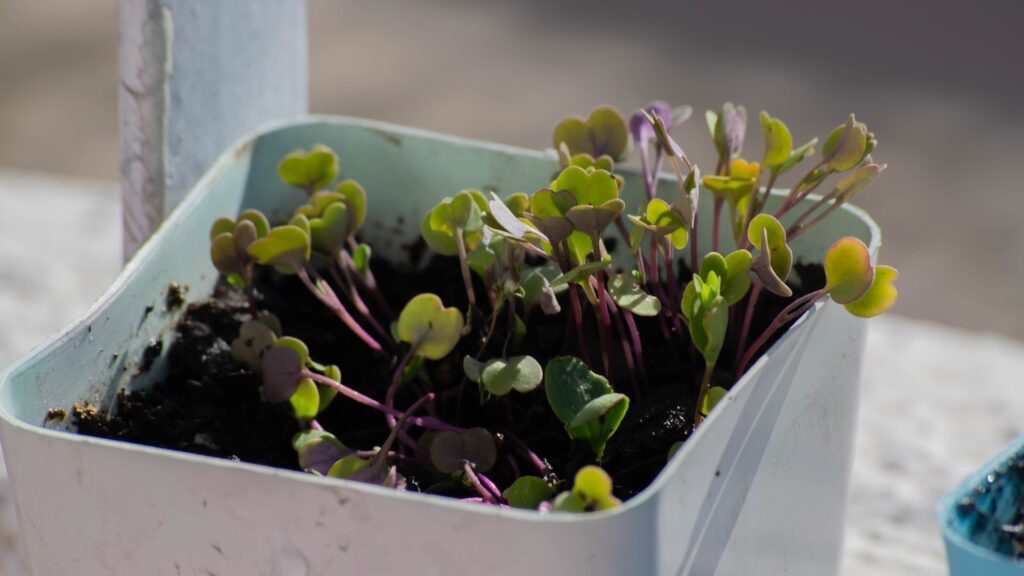Introduction:
Growing your own organic tomatoes is a rewarding and fulfilling experience. Not only do they taste better than store-bought ones, but they also give you the satisfaction of knowing exactly what went into their cultivation. In this comprehensive guide, we will explore the best practices, techniques, and tips for successfully growing delicious organic tomatoes in your own garden.
1. Preparing the Soil:
To ensure your tomatoes thrive and produce a bountiful harvest, it’s essential to start with nutrient-rich soil. Begin by removing any weeds and debris from the chosen planting area. Incorporate organic matter like compost or well-rotted manure to improve soil fertility and drainage. Remember to test the soil pH and adjust it accordingly to create an optimal growing environment for your tomatoes.
2. Selecting Tomato Varieties:
With countless tomato varieties available, it’s crucial to choose wisely based on your climate, space availability, and personal preferences. Determinate varieties are suitable for smaller gardens as they tend to be more compact, while indeterminate varieties continue to grow throughout the season and require staking or support. Consider factors like flavor, disease resistance, and desired use (e.g., slicing, canning, or cherry tomatoes) when selecting the right varieties for your organic garden.
3. Starting from Seeds or Transplants:
Deciding whether to start your tomatoes from seeds or use transplants largely depends on your available time and resources. Starting from seeds allows you to choose from a wider range of varieties and ensures healthier, more robust plants. Transplants, on the other hand, provide a head start and are ideal for shorter growing seasons. Whichever method you choose, ensure that the seedlings or transplants are hardened off before planting them in the garden.
4. Planting and Caring for Tomato Seedlings:
When planting your seedlings, make sure to space them appropriately, considering their projected size at maturity. Place support structures like cages or stakes at this stage to prevent root disturbance later on. Water the seedlings thoroughly after planting and maintain consistent moisture throughout the growing season. Organic mulch around the base of the plants can help retain moisture, suppress weeds, and regulate soil temperature.
5. Pruning and Maintenance:
Regular pruning helps increase airflow and sunlight penetration, reducing the risk of diseases and improving overall plant health. Remove suckers (side shoots) that emerge from the leaf axils, allowing the main stem to focus its energy on producing fruit. Additionally, provide adequate support and tie up the plants as they grow taller to prevent bending or breaking under the weight of the tomatoes.
6. Nutrient Management:
Organic tomatoes thrive with a balanced supply of nutrients. Feed your plants with organic fertilizers, compost, or well-decomposed manure to ensure they have sufficient nitrogen, phosphorus, and potassium. Avoid excessive nitrogen, as it can lead to excessive foliage growth at the expense of fruit production. Regularly monitor the soil fertility and adjust nutrient applications accordingly.
7. Pest and Disease Control:
Prevention and early detection are crucial in managing pests and diseases organically. Intercropping with companion plants like marigolds and basil can repel pests naturally. Regularly inspect plants for signs of aphids, hornworms, or other common tomato pests and manually remove them if necessary. Organic pest control methods such as neem oil, insecticidal soap, or homemade remedies can help combat infestations. Disease prevention measures include proper spacing, good airflow, and regular monitoring for early signs of diseases like blight or wilt. Organic fungicides or homemade remedies can be used for disease management.
Conclusion:
Growing delicious organic tomatoes requires careful planning, consistent care, and adherence to organic gardening principles. By following the tips and techniques outlined in this guide, you can enjoy a bountiful harvest of juicy, pesticide-free tomatoes in your own backyard. Embrace the joy of organic gardening and savor the unbeatable taste of homegrown tomatoes. Happy gardening!
Category: Gardening, Organic Gardening, Tomato Cultivation
(Note: Ensure to tailor the content length and keyword density as per your specific SEO requirements)

